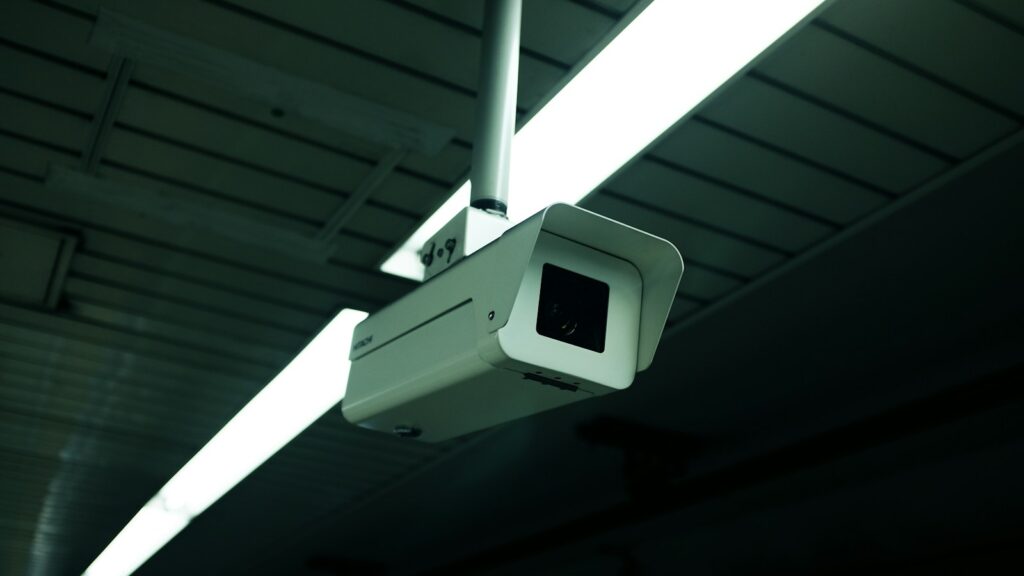‘Bossware’: How workplace surveillance harms wellbeing and productivity
Summary
This article examines the rise of so‑called “bossware” — workplace surveillance systems used by roughly a third of UK firms according to the Chartered Management Institute — and how such monitoring undermines employee wellbeing and meaningful productivity.
It outlines common boardroom rationales for surveillance (security, productivity and safety), details the intrusive technologies now in use (keystroke logging, screenshots, wearables, facial recognition, geolocation and apps on personal devices), and explains the concrete risks: unfair treatment, AI bias, gaming of metrics, reduced intrinsic motivation and falling morale.
Finally, the author sets out practical principles for HR and managers to limit harm: involve employees, be transparent, design for the majority, use data for support not punishment, and build a culture of trust rather than control.
Key Points
- About one third of UK firms use employee‑monitoring tools — “bossware” is now common.
- Organisations justify surveillance for security, productivity measurement and safety, especially with remote working.
- Modern surveillance is highly intrusive: keystrokes, screenshots, microphone/body cameras, facial recognition and wearables blur private and work spaces.
- AI amplifies risks — automated decisions can inherit bias and produce opaque, unfair outcomes.
- Measured metrics (log‑ins, keystrokes, screen time) often do not correlate with meaningful performance and can be gamed.
- Close monitoring lowers morale, increases stress and undermines intrinsic motivation essential for complex, creative work.
- Practical HR principles: involve staff, be transparent about data, design systems to support most employees, use data for development not punishment, and prioritise culture and trust.
Why should I read this?
Listen — if you manage people or care about getting real work done, this is worth five minutes. It cuts through the headline tech hype and shows how surveillance can wreck trust, creativity and results. The piece also gives straightforward, usable rules so you don’t accidentally turn a safety tool into a culture killer.
Context and relevance
The article sits at the intersection of HR practice, workplace tech and AI governance. As hybrid and remote working persist and surveillance tools become more powerful and automated, organisations face legal, ethical and performance risks. HR professionals, leaders and policy makers should weigh short‑term control gains against long‑term costs to wellbeing, retention and innovation.
These concerns mirror broader trends: growing regulatory scrutiny of workplace monitoring, debate about AI bias and transparency, and rising employee expectations for privacy and trust. The recommended principles provide a pragmatic starting point for designing proportionate, transparent approaches that protect people and organisational performance.
Source
Source: https://hrzone.com/bossware-how-workplace-surveillance-harms-wellbeing-and-productivity/
